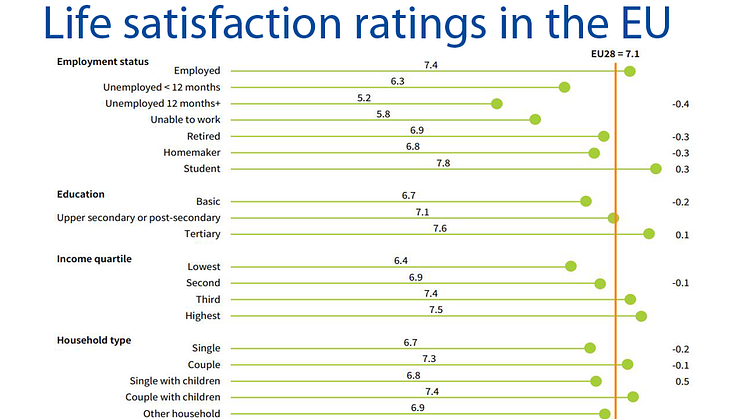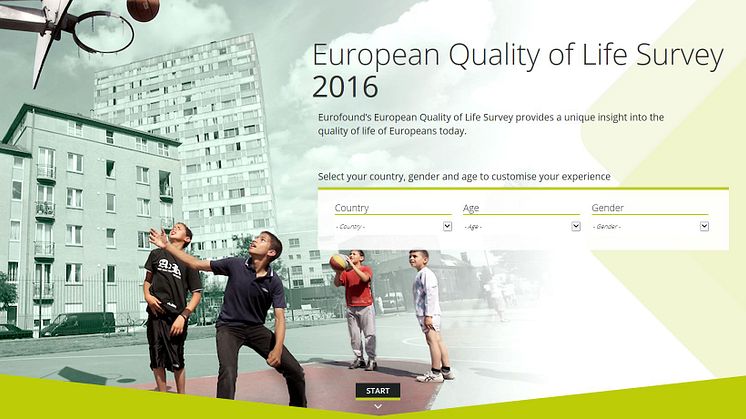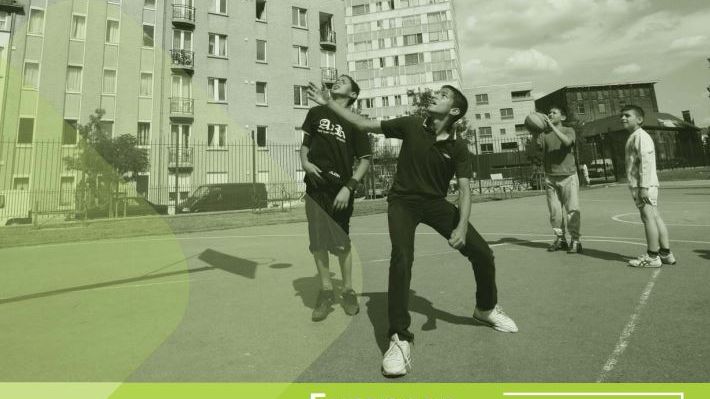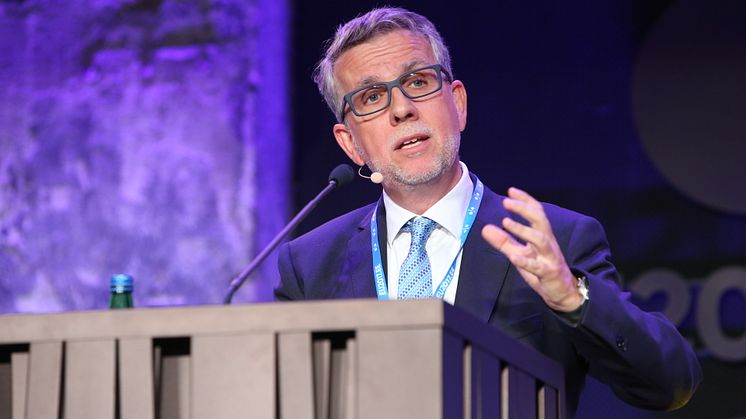
News -
Taking a closer look at life satisfaction in the EU
Nearly 37,000 people in 33 European countries were interviewed in the last quarter of 2016 for the fourth wave of the European Quality of Life Survey. The overview report presents the findings for the EU Member States.
The survey revealed interesting findings in relation to life satisfaction, employment status, education, income, and household composition. This graph compares life satisfaction among respondents in different situations in these four categories and also compares the data with the previous survey in 2011.
It shows the stark difference between the life satisfaction of those that are long-term unemployed and those in employment - with the gap in satisfaction growing since 2011. Students report being the most satisfied, and their levels of satisfaction have increased since 2011. When it comes to education and income quartile, a linear patterns emerges: the more education or income the higher the reported level of satisfaction.
There are also interesting findings in relation to household type and reported levels of life satisfaction. Single parents have the lowest life satisfaction (but not happiness) in the different household types analysed – although this has improved by 0.5 points since 2011. When not controlled for other variables, people living with a partner report higher well-being than those living alone, especially if they also have children. This is a counterexample to the ‘parenthood paradox’, according to which the relationship between happiness and having children is negative, and may be more in line with the ‘selection into parenthood’ theory, where happy individuals are more likely to have children in affluent countries.
Find out more about life satisfaction in Europe: European Quality of Life Survey 2016: Overview report




